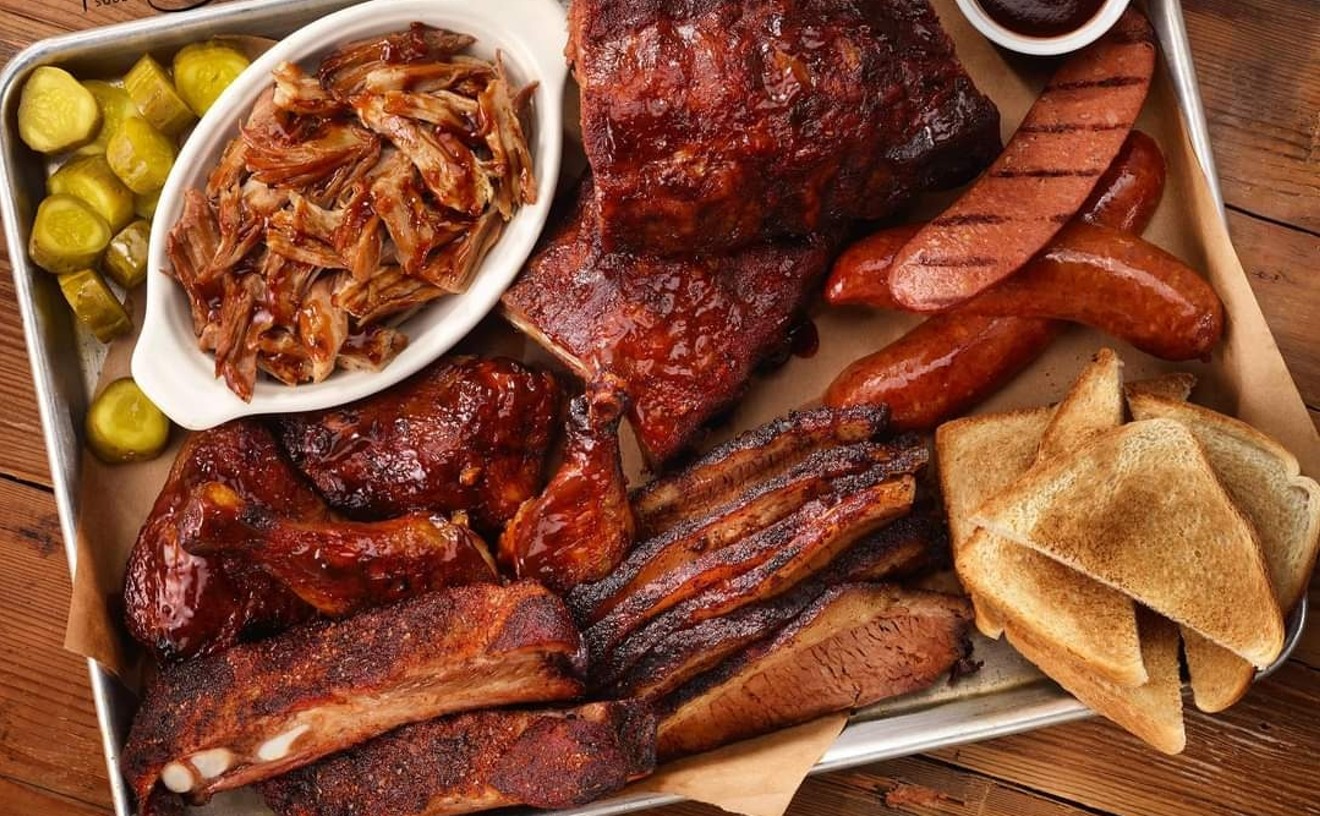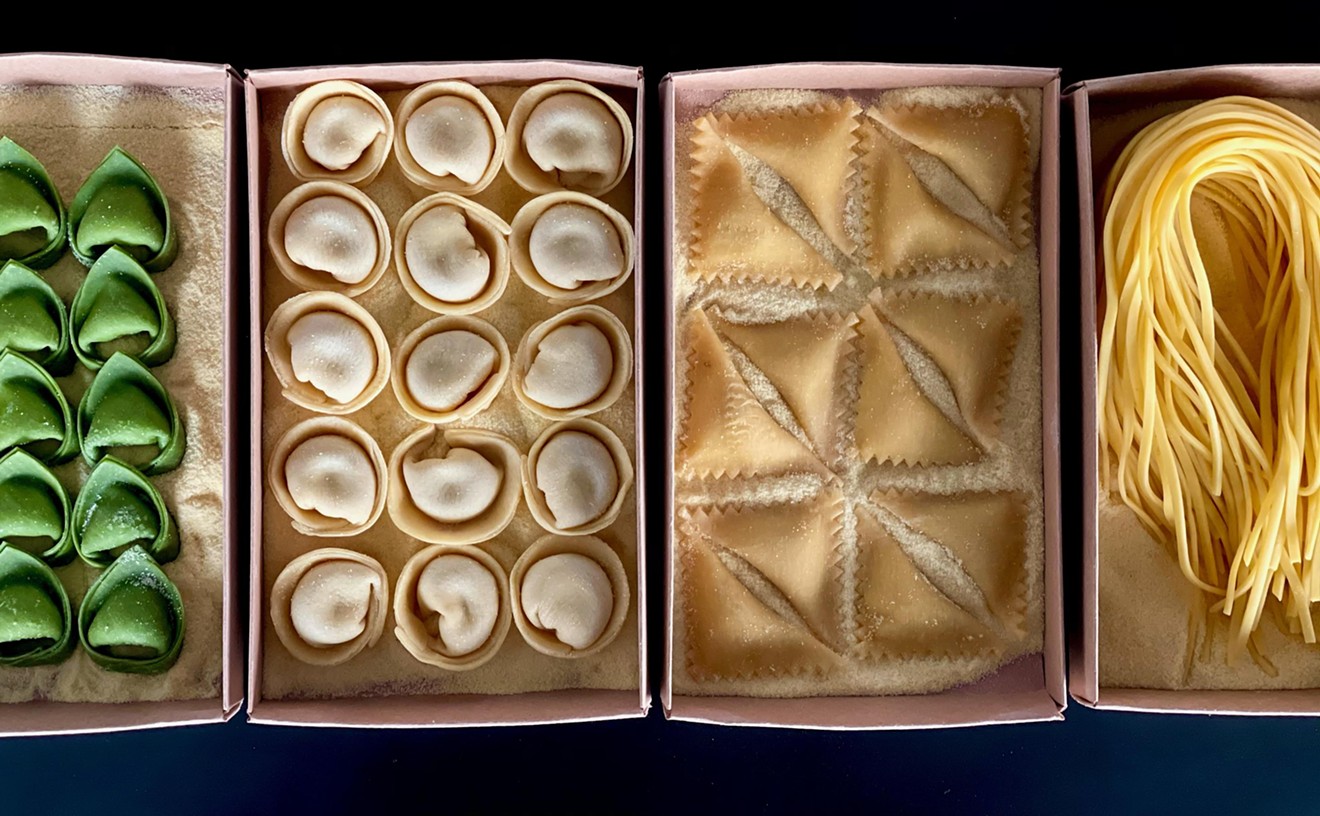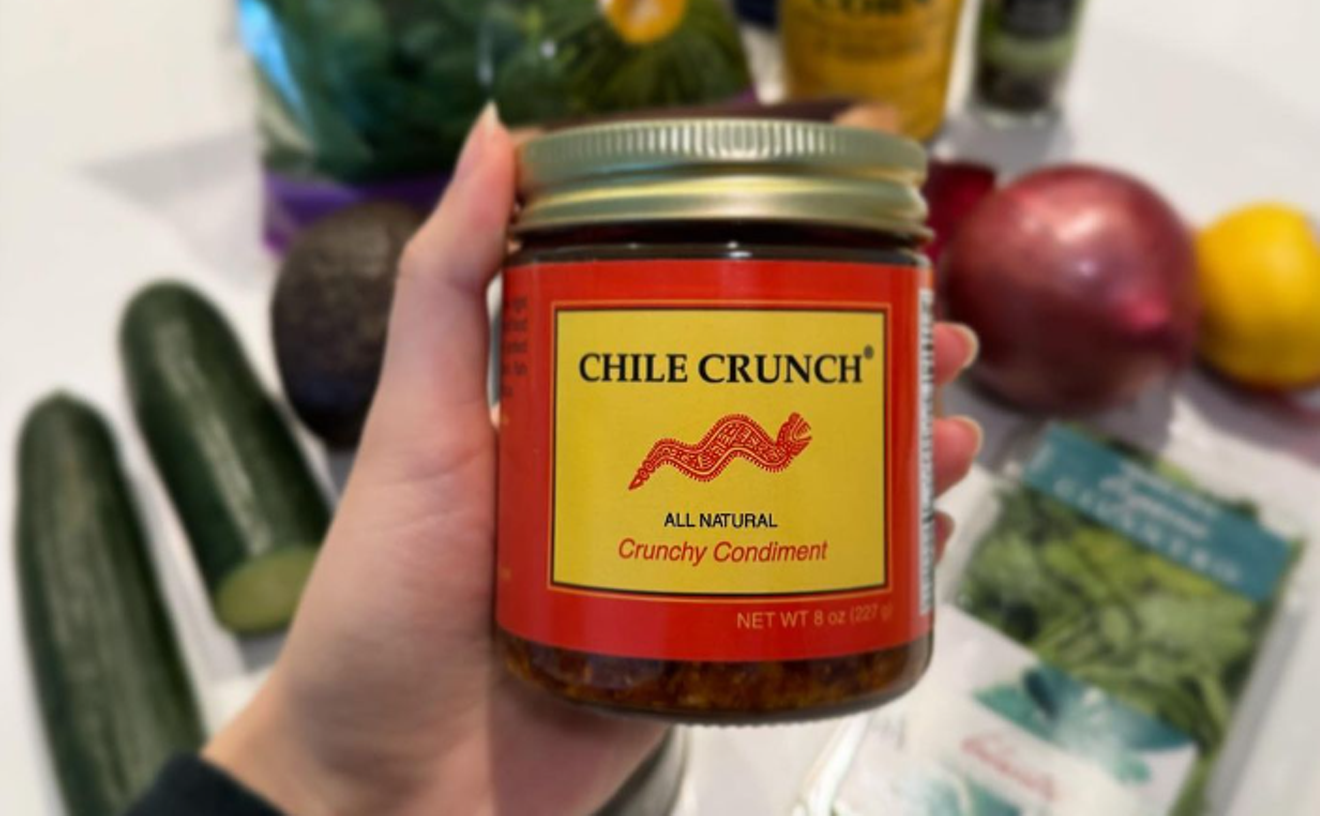There are plenty of distractions at El Paraiso.
The ostentatious color scheme is dizzying from the second you spot the facade of the massive restaurant, stained mustard yellow, through the surrounding trees. Inside, every inch of wall space not covered with Mexican pastoral murals is adorned with streamers and dollar-store paper decorations in every color Crayola has dreamt up in its 107 years of existence. A tiki hut holds the host stand. The bar is flanked with neon. And the lights are held at the precise level of illumination that makes me squint until I have a headache.
Families pack the big tables and let their kids run free, long hair whipping at the backs of chairs as they circle well-worn paths in the carpet, shrieking in a never-ending game of tag. A jukebox blares Mexican folk — unless the live mariachi band is filling the air at an even higher volume. The frenzy of the fluorescent-lit kitchen is visible, through swinging doors and open windows, from just about every part of the compartmentalized dining room. So even when you're quietly sipping a pint-sized margarita in a corner booth while munching the free, housemade tortilla chips and spicy, cilantro-laced salsa on a relatively slow night, it's impossible to separate yourself from the action.
The menu is a distraction, too: ten or so pages filled with hundreds of dishes. The list requires focused attention and maybe the help of a smartphone if you're not fluent in Spanish, because some of the descriptions aren't translated into English at all. And the servers may not be able to help you, either, because even though they're eager to please, most don't speak enough English to precisely describe each ingredient. Which means you might end up with tripe. Or a whole fish, including the head and eyes.
Because of that, it's tempting to gravitate toward the familiar. The menu includes tacos and burritos, of course, as well as stuffed sopaipillas, enchiladas and tostadas, and combination platters loaded with all of those. These dishes are savory, spicy, very large — and about what you'd find at every other festive Mexican joint in Denver, nothing special.
What are special are the truly traditional Mexican offerings, foods rooted in the lengthy history of the cuisine and the shorter history of owner Luis Ochoa, a native of Manzanillo who opened El Paraiso over a decade ago. (He also opened a market on Federal Boulevard, now El Gallo Giro, to make sure he could get the authentic ingredients he needed.) The molcajetes and parrilladas are so traditional that they're among the dishes with no English translation.
The molcajete is named for its serving vessel, a blackened stone bowl with short legs that's part of a mortar-and-pestle set dating back to the Aztecs and Mayans. At some point, the bowl became a cooking pot, thrust over hot fires to heat the meat and vegetables laid inside. There are few places serving molcajetes in Denver, and probably none serving as many as El Paraiso. The molcajetes here are regionally focused — reflective of Ochoa's southern roots, but drawing from the northern states of Durango and Chihuahua, too.
The stone bowls hit the table full of sizzling grilled meats and fish and peppers and cactus, simmering in their own juices (a flame beneath keeps the molcajete steaming through dinner), and accompanied by warm, housemade corn or flour tortillas. (I prefer corn, but maybe that's the purist talking.). My favorite is the Cielo, Mar y Tierra (Sky, Sea and Land), which combines smoky, roasted tenderloin, strips of juicy chicken and plump, glistening shrimp exploding from their shells. The Molcajete a la Mexicana is also gratifying: spicy chorizo sausage, more chicken and roasted beef, and whole roasted onions, sweet and slick and crisp around the edges. Piling these contents onto a tortilla and drizzling them with a squeeze of lime, I'm seduced into eating messily with my hands and smearing oil and juice across my face.
One molcajete is big enough for two, even though the menu indicates it's a single portion. Four people might instead opt for the veritable feast afforded by what's described as a two-person parrillada. There are about twenty options, all involving a combination of meats and vegetables heaped onto vast metal grill pans that are delivered to your table over hot coals. In a meaty mood, I go with the Parrillada Azteca: strips of tender, roasted beef and chicken and bits of tripe, lightly breaded and fried crispy, with salty blocks of crumbly cotija cheese. When it's fish I'm craving, I ask for the Parrillada Cancún, with those succulent shrimp that burst between the teeth, playing-card-sized fillets of moist trout, expertly cooked tendrils of octopus, and orange crab legs that poke out of the center in towering spikes. Other parrilladas feature gamey conejo (rabbit) and hearty costillas de borrego (lamb chops); sweet langosta (lobster) flanks many of the seafood offerings. And smoky grilled cactus sees its way into just about every version of the dish.
If none of the combinations are to your liking, your server will help you create one. When I dined with a large group and we couldn't decide whether we wanted seafood or red meat, we wound up with a gargantuan display of just about everything available, including a whole fresh grilled mahi, displayed proudly on top of our heaping pile of food and accompanied by tongs so that we could pull the delicate meat off the bone.
But ordering off-menu doesn't always pay off. The carnitas are a specialty item, available only on weekends and not normally offered on the parrilladas. I asked for some to be added, only to find they hadn't been cooked long enough to reach the point where they fall apart in shreds. Instead, they were tough, chewy and, perplexingly, a bit dry. When I ordered them separately at another meal, they were just as disappointing. Another weekend item, the pozole, was also disappointing. The flavor was intense and peppery, the color deeply red and rustic, and the hominy nicely cooked — firm, with give, and not slimy. But I wanted more hominy. And more pork. I like heartier pozole, and this one was mostly broth. It was better with all of the onion and cabbage and radish thrown in, but a bowl still left me wanting.
Most of the traditional offerings at El Paraiso, though, are satisfying in their well-executed simplicity: meat and vegetables, marinated and then changed by heat. These dishes are basic, life-affirming testaments to the pure, simple joy of eating, a basic human need happily satisfied regardless of language barrier or cultural differences. Because all the distractions in the dining room don't hide what El Paraiso is at its core: a place to gather with a large group of family and friends for a hearty shared feast, the time-honored tradition of breaking bread with loved ones.
Translated, El Paraiso means paradise. And beneath all the hellish pandemonium, there's a little glimpse of it here.










